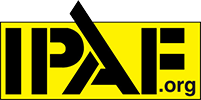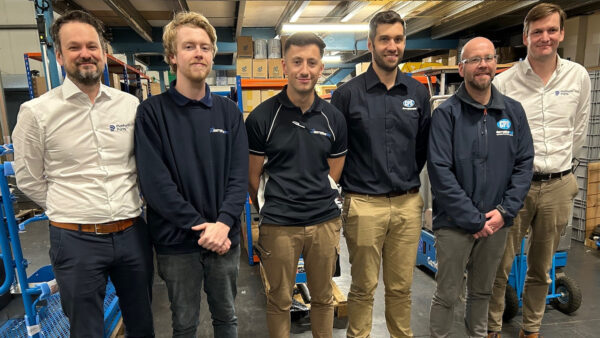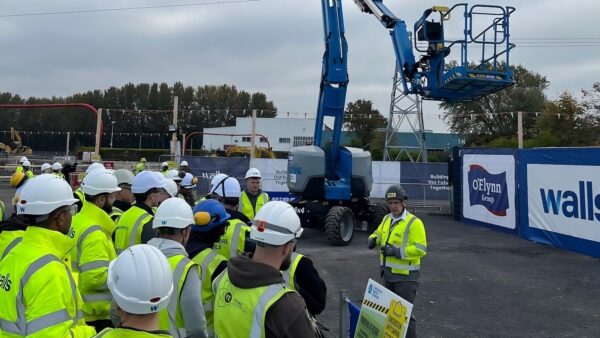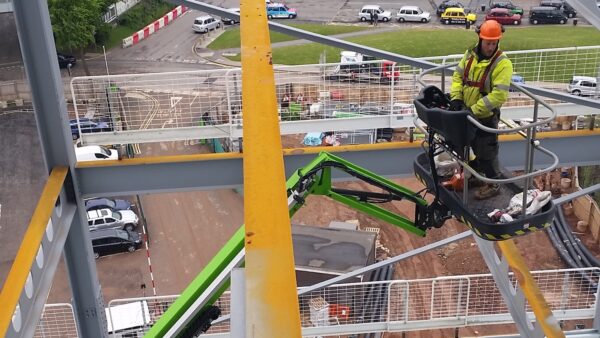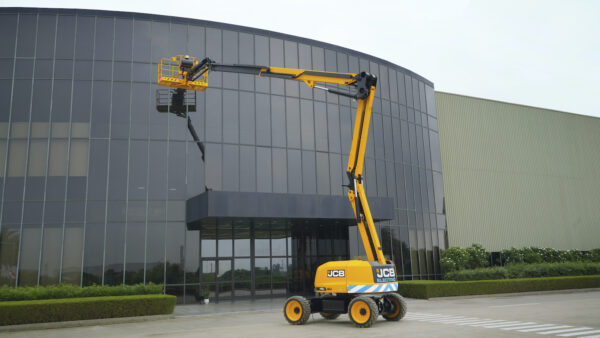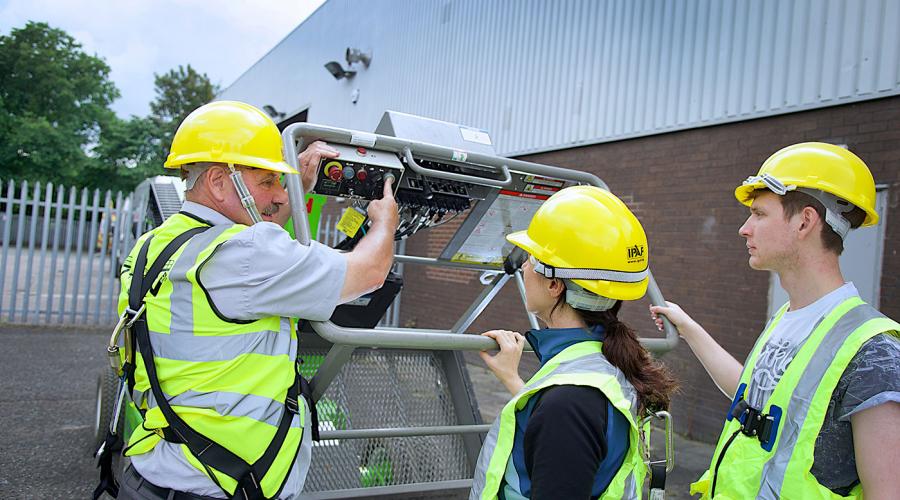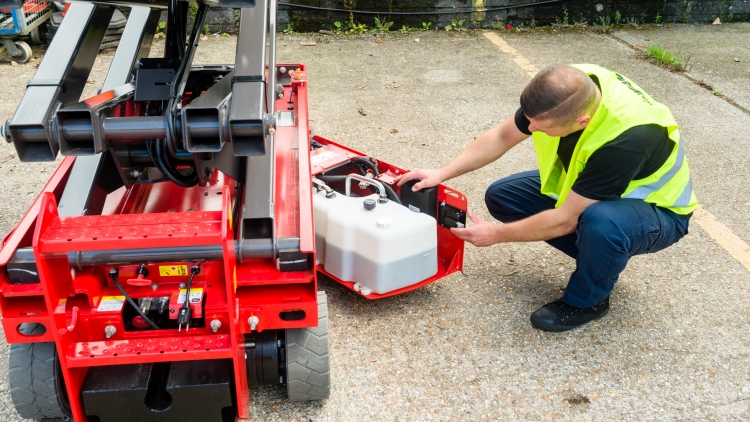
Under Lifting Operations and Lifting Equipment Regulations 1998 (LOLER), a mobile elevating work platform (MEWP) should undergo a ‘thorough examination’ at least every six months to ensure that equipment is not faulty and doesn’t pose a risk to staff.
But many thorough examinations focus solely on LOLER, ignoring the Provision and Use of Work Equipment Regulations 1998 (PUWER) component of the inspection, an omission that could lead to accidents, injuries, damage, downtime, disruption and possible prosecution.
“In some ways, an incomplete inspection is worse than none at all, as it could give a false sense of security,” says Geoff Martin, chairman of thorough examination accrediting body CFTS.
“To help owners and operators of MEWPs meet their safety obligations and comply fully with the law, we have come up with five tips that will help them review their existing arrangements,” he adds.
Five-point guide for effective MEWP thorough examinations
1. Does your provider use MEWP thorough examination documentation, including a dedicated MEWP checklist created specifically for this kind of equipment? CFTS examiners never take a “one-size-fits-all” approach to different types of workplace equipment.
2. Does the provider’s documentation meet the requirements of both LOLER and PUWER – ie does it cover important areas such as brakes and steering as well as the lifting gear?
3. Is your examiner both a ‘competent person’ and an experienced engineer? Do they carry the kit to check your MEWP thoroughly? (Including trolley jack, A-frame ladders and dedicated chain-gauge).
4. Is your thorough examination fully and independently audited? Does the inspector undergo regular refresher training?
5. Is your examiner able to minimise disruption to your operations? Many CFTS-accredited engineers are equipped to carry out repairs so, in the event of a fault, it can be fixed without delay, keeping you operational.


